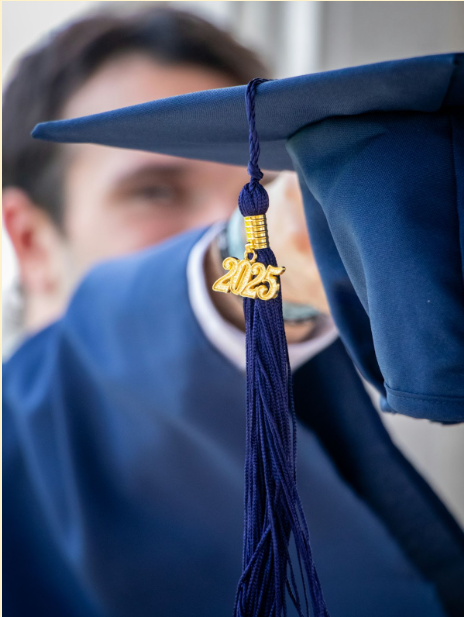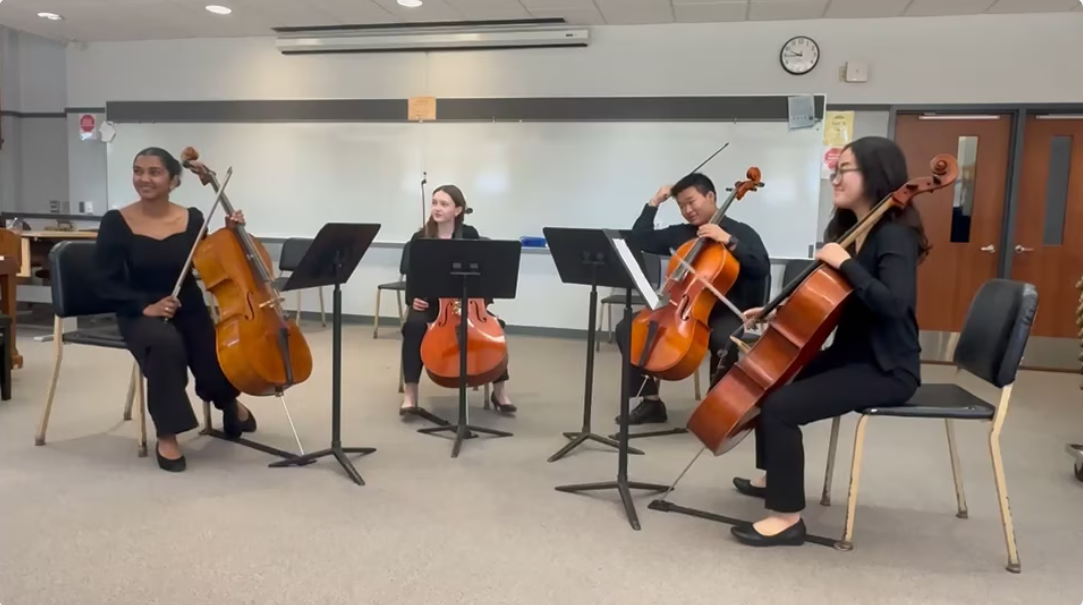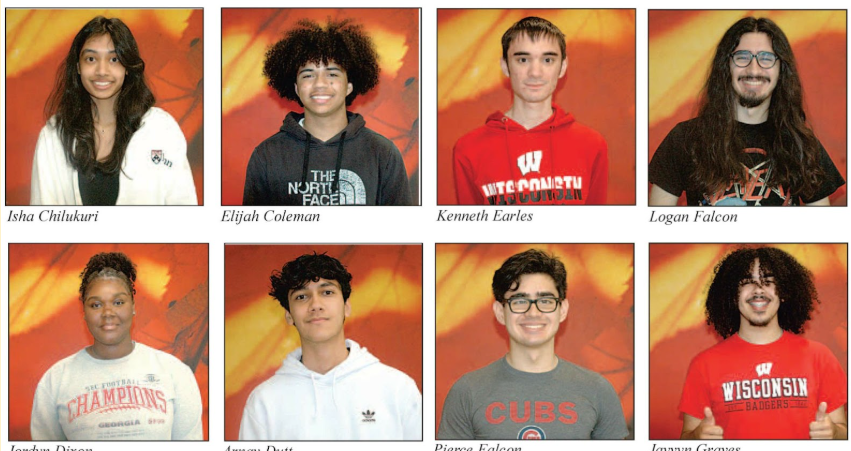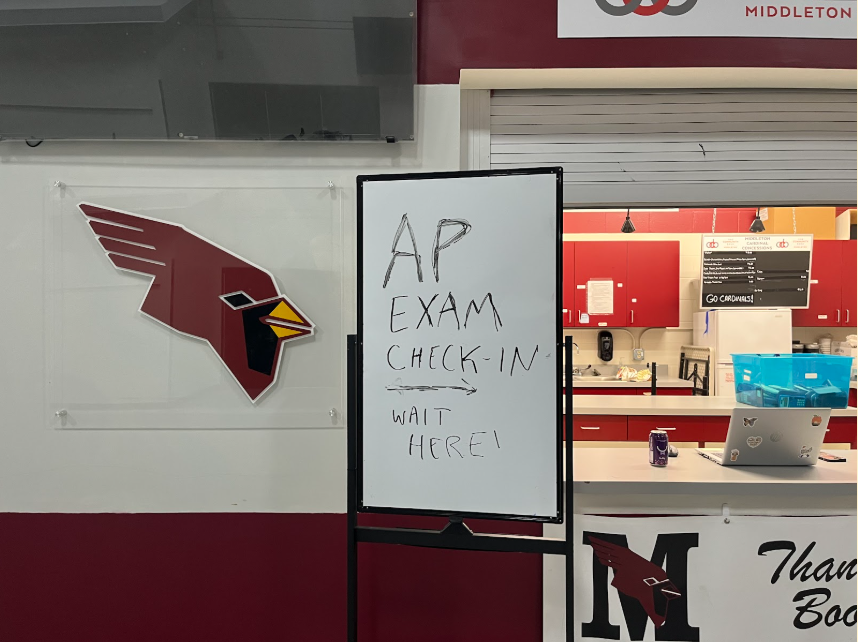What Happens Next? A Legal Look Ahead at Middleton High School’s Ongoing Nude Photograph Investigation
One week since the investigation into nude photographs shared at MHS began, school and state officials have released little information about what’s happening.
February 19, 2020
Over a week has passed since the Middleton Police Department first received a report of nude photographs being shared at Middleton High School.
Since then, MHS administration has released very little information about the ongoing investigation. They have declined to comment on the incident to The Cardinal Chronicle and have kept their distance from local news outlets.
Officials at the district office denied a request for an on-camera interview from NBC15 reporter Tim Elliott on Friday, February 14. Elliott still managed to converse with school officials off-camera. He reported that school officials are “really trying to get a handle on the scope of this investigation.” He asked them about the rumor that 200 MHS students had been suspended as a result of the nude photograph incident, and school officials told him “that is an exaggeration.”
“They also said they don’t believe any other schools outside the Middleton-Cross Plains School District are affected by this,” Elliott reported. His off-screen conversations may have elicited only vague responses from the district, but the responses are more confirmation than the district has offered to students at this time.
As the facts of the incident remain unclear, many students have wondered about the legal aspects surrounding this issue. From federal laws the school must follow to how student perpetrators may be prosecuted in court, here’s the legal rundown.
The school must follow Title IX protocol
Title IX will dictate much of the school’s proceedings as the investigation continues.
Title IX is a federal civil rights law that prohibits sex-based discrimination within institutions that receive federal funding, including public schools. It’s important to note that Title IX is not a criminal statute. Essentially, Title IX acts as a contract between the government and the school, making an offer of federal funds conditional to the school promising not to discriminate based on sex.
Among many clauses, Title IX prohibits sex-based harassment “that is sufficiently serious to deny or limit a student’s ability to participate in or benefit from the recipient’s education programs and activities,” according to the U.S. Department of Education Office for Civil Rights. This is commonly known as Title IX prohibiting a “hostile environment.” In the MCPASD Policy Manual, the district restates much of Title IX for legal purposes, declaring, “The District shall maintain an environment free from any form of sexual harassment or intimidation.”
While sharing nude photographs is not explicitly listed as a form of sexual harassment in the MCPASD Policy Manual, it immediately follows sexual harassment in the list of Level III Offenses in the Code of Conduct. Possible consequences for a Level III offense include suspension and expulsion.
The district’s Nondiscrimination and Title IX Officer Barb Buffington provided The Cardinal Chronicle with a presentation conducted by Attorney Tess O’Brien for Student Senate and SHAPE about Title IX rights. The presentation defines sexual harassment as “unwelcome conduct of a sexual nature.” It provides a list of examples, including “circulating, showing, or creating emails, websites or posts of a sexual nature.”
If sex-based harassment does take place, Title IX requires that the school promptly investigate to determine what occurred. A criminal investigation into the allegations of sexual harassment does not relieve the school of its Title IX duties. The Cardinal Chronicle asked a school official whether MHS was investigating the nude photograph incident concurrently with police or if, pursuant to a police request, the school had paused investigative actions. The official declined to comment on the basis that the investigation was ongoing.
Under Title IX, the school must also take immediate action to eliminate the sexual harassment, prevent its recurrence, and address its effects. As the investigation and school consequences unfold, time will tell whether MHS administration effectively handles this tenant of Title IX.
What a typical school investigation looks like, according to the presentation
All of the information in this section comes from Atty. O’Brien’s Title IX presentation, which was sent to The Cardinal Chronicle via email.
To investigate a sexual harassment claim, the school talks to those involved in the claim. That can include the student who filed the claim; the student’s parents; and other students or staff who might have information.
The school also informs the accused student of the complaint and gives them a chance to respond. The school reviews any video or documentation as available.
After an investigation is completed, the person investigating will conclude that (1) alleged conduct occurred, (2) alleged conduct did not occur, or (3) a determination could not be made either way. The investigator will inform both students of the conclusion and take disciplinary action where appropriate. The investigator will also inform the victim of steps taken by the school that affect the victim.
Potential disciplinary actions include suspension, expulsion, and police involvement.
Possible legal consequences are based on which crimes, if any, are committed. Sending, taking, and possessing nudes can all be considered as the crime of possessing or distributing child pornography.
A criminal investigation into child pornography laws
The Wisconsin Department of Justice (DOJ) is currently investigating the sharing of nude photographs at MHS.
Their Division of Criminal Investigation (DCI) took over the investigation from the Middleton Police Department on Thursday, February 13. Officials said that the investigation changed hands “due to the scope of this incident” but have provided no further details.
The DCI is investigating which MHS students may have broken the law. Wisconsin, unlike other states, does not have any laws specific to sexting. Sending and distributing nude photographs of minors is therefore considered under child pornography laws and related statutes.
Under statute 948.12 of Wisconsin law, anyone who knowingly possesses an image or recording of a child engaged in sexually explicit conduct is considered guilty of a felony. In juvenile court, an offender can be charged with up to $10,000 in fines and over three years in prison for a Class I felony. An adult offender can be charged with up to $100,000 in fines and up to 25 years in prison for a Class D felony.
Under the language of this law, any student possessing a nude photograph could face child pornography charges. However, prosecutorial discretion falls to the District Attorney on whether or not to press such charges.*
What this means for MHS students involved in the investigation: legally, anyone involved in circulating the nude photos could be charged with breaking the child pornography laws outlined in statute 948.12. This includes both senders and recipients of nude photos. If students are charged, the types of sentences they will face in court depend on how the Dane County District Attorney’s office decides to prosecute.
*The Cardinal Chronicle contacted the Dane County District Attorney’s office to inquire about the current policy on teen sexting cases. At the time of publishing this article, the DA had not responded to the inquiry.















